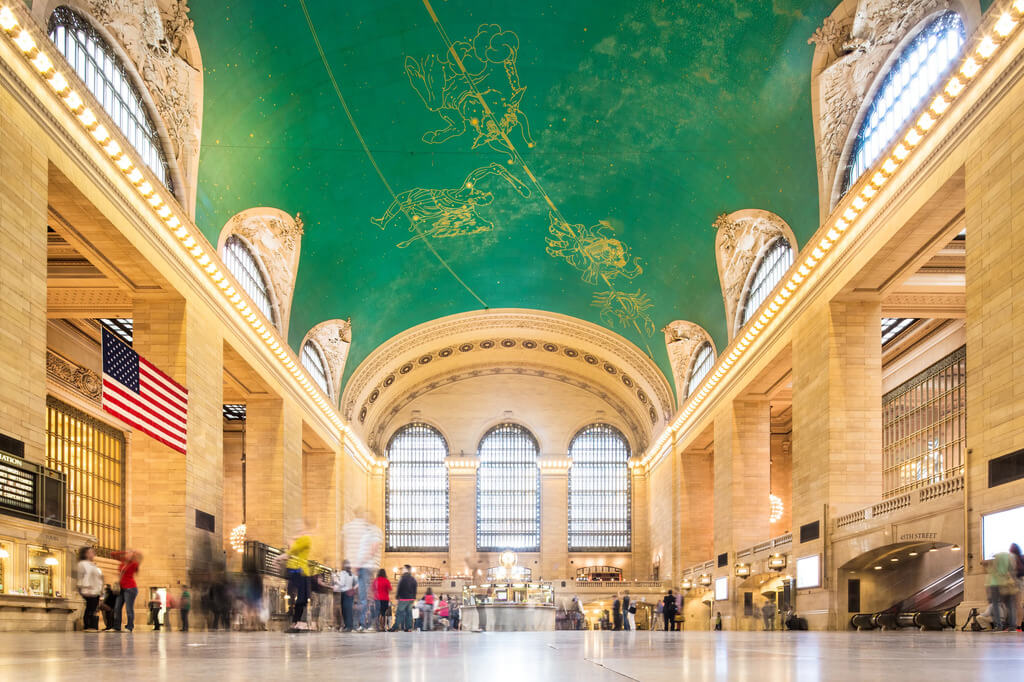While adaptive reuse is a critical part of the work, there is more to it. Preservation also includes restoration and adaptive reuse. It transforms an older building into something new and valuable, including preserving history, creating jobs, and reducing environmental impact. In this article, we will discuss what is adaptive reuse and how it helps build preservation.
What Is Adaptive Reuse?

It is the process of repurposing an existing building for a new use, which can involve anything from minor modifications to complete gut renovations. Entrepreneur Mark Stiffler believes that one of the main benefits of adaptive reuse is that it allows historical buildings to be preserved and reused rather than demolished. This is essential for nostalgia because these buildings often have unique architectural features that cannot be replicated.
In addition, it can be a more environmentally friendly option than constructing new buildings, as it reduces waste and consumption of resources. Finally, adaptive reuse projects often positively affect the surrounding community, as they can revitalize downtrodden neighborhoods and attract new businesses and residents.
Adaptive Reuse Preserves Buildings and Their History
When a building or piece of land is no longer being used for its original purpose, it is said to be “redundant.” This can happen for several reasons, such as technological changes, the economy, or demographics. It is repurposing redundant buildings or land for new uses. Not only does this help to preserve our built heritage, but it can also provide new opportunities for economic growth.
For example, an old factory might be adapted into a museum or office space, while a vacant lot could be transformed into a public park. By finding new uses for existing buildings, we can help to sustain our built environment and revitalize our communities.
Adapting Old Buildings For New Uses Comes with Challenges

Entrepreneur Mark Stiffler understands that while it is a great way to preserve our built heritage, it does come with some challenges. One of the biggest challenges is ensuring that the new use is compatible with the historic character of the building. This can be a delicate balance, as too much change can destroy what makes the building special, while too little change may make it difficult to adapt to modern needs. In addition, code and zoning restrictions must be considered when repurposing an old building.
These regulations are in place to protect public safety and ensure that buildings are being used in ways that are consistent with their original purpose. Finally, funding can be challenging, as adaptive reuse projects often require more investment than new construction. However, many organizations and government programs offer financial assistance for adaptive reuse projects.
Successful Adaptive Reuse Projects

There are many examples of successful adaptive reuse projects from around the world. One notable example is the transformation of an old factory in Manchester, England, into The Lowry, a contemporary arts center. This project not only preserved an important piece of industrial history but also helped to revitalize the surrounding area.
In the United States, one of the most well-known examples of adaptive reuse is converting an old railroad station in New York City into Grand Central Terminal. This project saved a historic building from demolition and created a new transportation hub for the city.
The Future of Adaptive Reuse
As our built environment continues to evolve, adaptive reuse will become an increasingly important tool for preservationists. By finding new uses for old buildings, we can help to sustain our heritage and create opportunities for economic growth. However, it is important to remember that it is not always the best option. Sometimes, demolition is necessary to make way for new construction. But when done thoughtfully and with respect for the existing building, it can be a powerful tool for preserving our history and revitalizing our communities.
Final Thoughts
Adaptive reuse is a great way to preserve our built heritage and revitalize our communities. However, it is essential to remember that it is not always the best option. Sometimes, demolition is necessary to make way for new construction. But when done thoughtfully and with respect for the existing building, it can be a powerful tool for preserving our history and revitalizing our communities.
Check More:-

